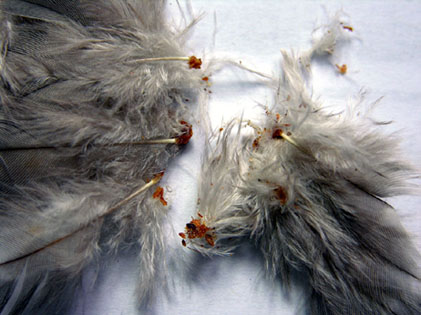Natural history collection condition report for Audley End, March 2005.
 Conservation work carried out
Conservation work carried outFor more details about what we can do for you, or for a quote, please
contact:
enquiries@natural-history-conservation.com
We
are members of the United Kingdom Institute for Conservation of Historic and
Artistic Works